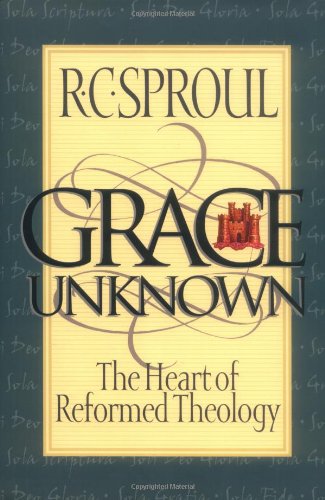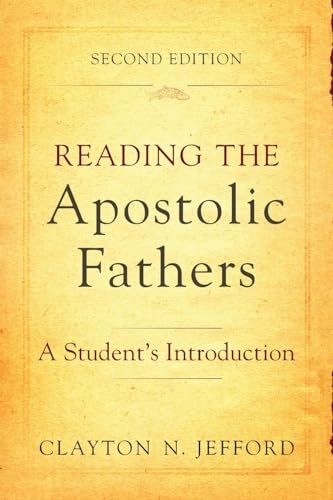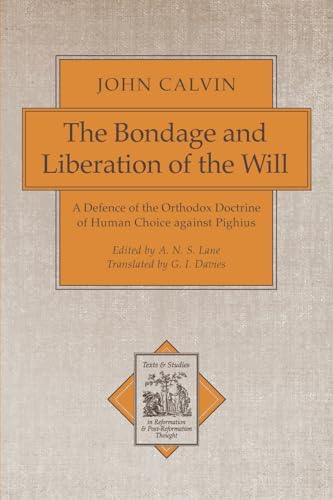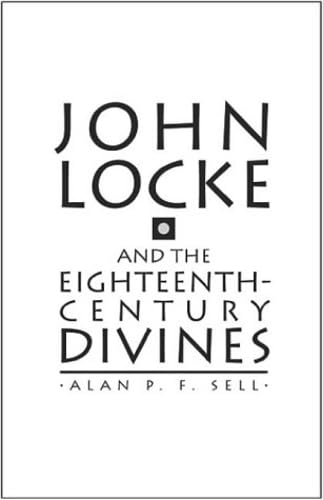The Biblical Flood: A Case Study of the Church’s Response to Extrabiblical Evidence
Written by Davis A. Young Reviewed By Rodney HolderThe subtitle of this book gives us a good description of the author’s intention. His motivation is the critical response he often gets from evangelical audiences when he speaks to them about geology and the Bible. ‘Why should science dictate how we interpret the Bible?’ This problem is much more acute in North America than in Britain. In the USA the creationist movement is very strong and dominates evangelicalism; in Britain it is relatively weak. Nevertheless the book will be of interest on both sides of the Atlantic, and I can thoroughly recommend it to those who are concerned about these issues.
Young traces the history of interpretation of the Biblical flood in parallel with discoveries and developments in other fields, mainly geology (his own discipline), and to a lesser extent archaeology. It would seem that the Church has nearly always taken account of knowledge gleaned from extrabiblical fields in its interpretation of the Bible, though of course this knowledge has changed dramatically over time.
Through most of its history the Church has apparently believed in a literal flood event. Although allegorical readings of scripture were important in the patristic era, theologians like Origen and Augustine nevertheless believed in an historical, as well as symbolically meaningful, flood. Extrabiblical evidence was invoked, including the fact of neighbouring flood traditions and (unsubstantiated) reports of sightings of the ark on Mount Ararat.
Problems for a literal universal flood were present from the beginning, e.g. the capacity of the ark, and these were tackled in various ways. These problems became exacerbated beyond resolution with increasing knowledge of the vast numbers of species scattered across the globe, and the consequent impossibility of migration to and from the ark; and with increased geological understanding of rock stratification, of the fossil content of the rocks, and of radiometric dating of the strata.
With a few honourable exceptions, notably Hugh Miller in the nineteenth century, evangelicals do not come out of Young’s analysis well. Many are concerned to defend a universal flood in the teeth of the evidence. Young notes correctly that many who write at the interface of science and theology are not qualified in the relevant scientific discipline. Moreover, they are either not familiar with the latest developments, or they deliberately use outdated theories to support their claims. There is a two-fold, contradictory strategy: to assert that science supports a universal deluge, and to assert that science, e.g.radiometric dating, is wrong. Often evangelical writing exhibits a fundamental dishonesty, and a breathtaking arrogance, unworthy of Christians.
Young tells us tantalisingly little about his own view, though he does say this has changed substantially since he wrote Genesis and the Flood in 1977. How, at the end of the day, should we interpret the flood narrative? Should we take the story more or less literally, though accepting that it was of limited extent? There remain problems even with the limited deluge hypothesis, e.g. we still have to be choosy about what to take literally and what not. No evangelical I know accepts the Biblical cosmology literally: a dome in the sky with windows in it. Did the animals enter the ark in pairs or were there seven pairs of clean animals and one of unclean? The latter problem may be resolved by source analysis but Young is critical of this. Gordon Wenham, mentioned as a lone voice by Young, regards the early chapters of Genesis as reworked Mesopotamian myths imbued with a deep theological message, and this I find the most satisfying recent evangelical contribution to the subject.
Rodney Holder
Assistant Curate, Long Compton-Wolford Group of Parishes, Diocese of Coventry







